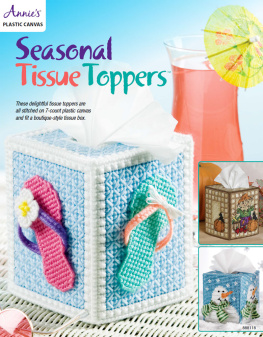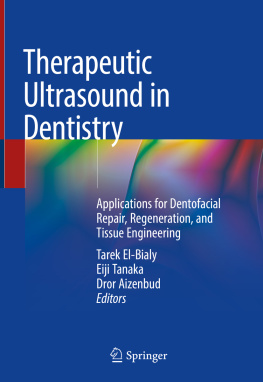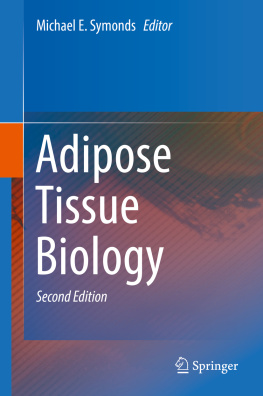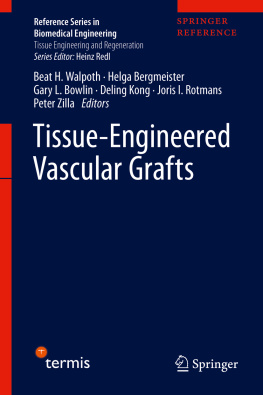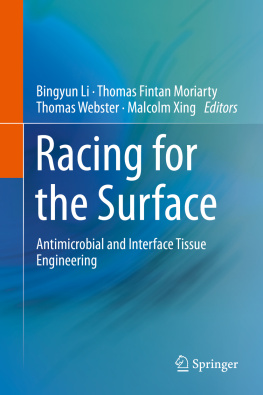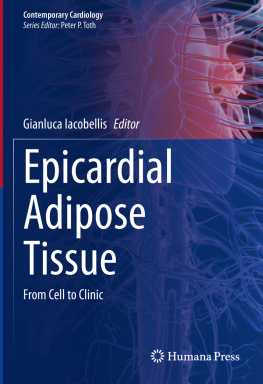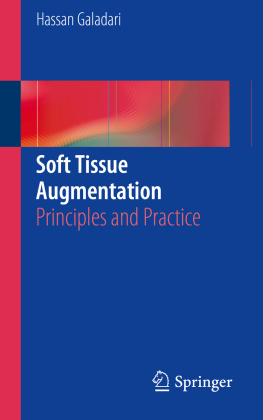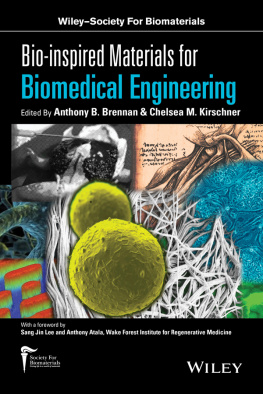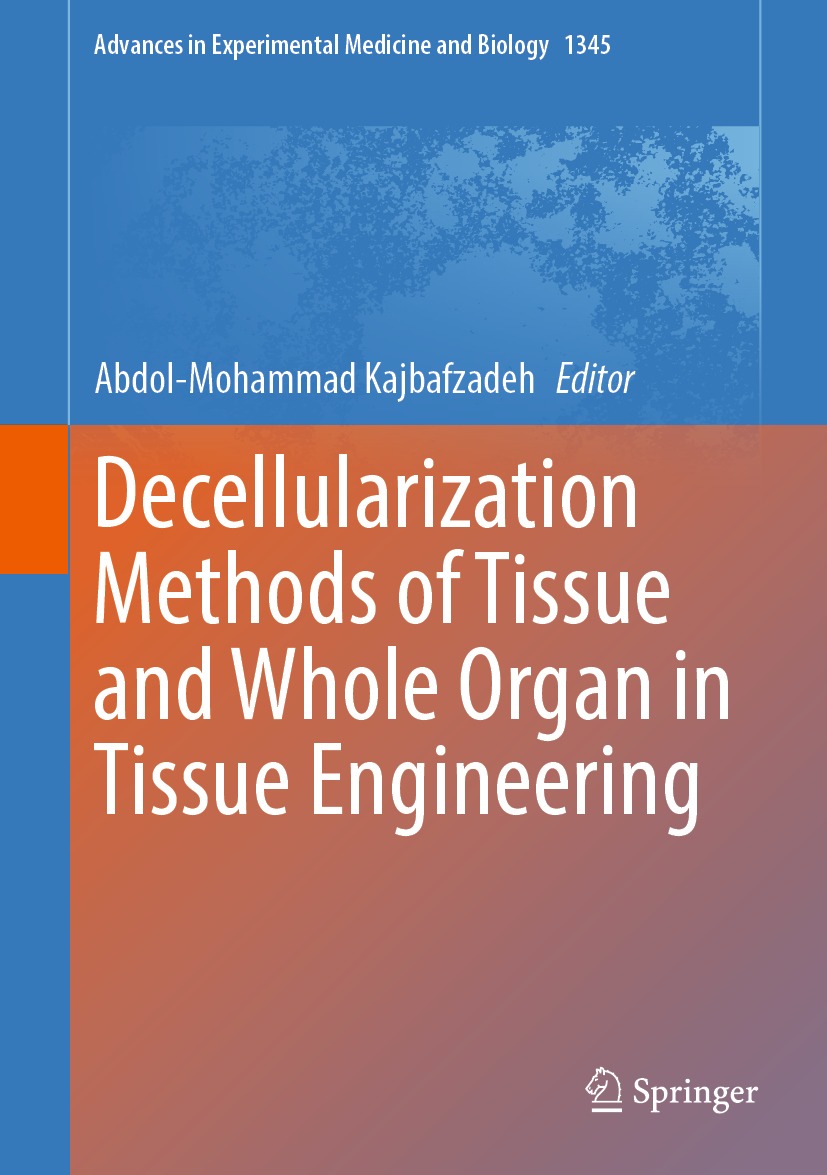Volume 1345
Advances in Experimental Medicine and Biology
Series Editors
Wim E. Crusio
Institut de Neurosciences Cognitives et Intgratives dAquitaine, CNRS and University of Bordeaux, Pessac Cedex, France
Haidong Dong
Departments of Urology and Immunology, Mayo Clinic, Rochester, MN, USA
Heinfried H. Radeke
Institute of Pharmacology & Toxicology, Clinic of the Goethe University Frankfurt Main, Frankfurt am Main, Hessen, Germany
Nima Rezaei
Research Center for Immunodeficiencies, Childrens Medical Center, Tehran University of Medical Sciences, Tehran, Iran
Ortrud Steinlein
Institute of Human Genetics, LMU University Hospital, Munich, Germany
Junjie Xiao
Cardiac Regeneration and Ageing Lab, Institute of Cardiovascular Science, School of Life Science, Shanghai University, Shanghai, China
Advances in Experimental Medicine and Biology provides a platform for scientific contributions in the main disciplines of the biomedicine and the life sciences. This series publishes thematic volumes on contemporary research in the areas of microbiology, immunology, neurosciences, biochemistry, biomedical engineering, genetics, physiology, and cancer research. Covering emerging topics and techniques in basic and clinical science, it brings together clinicians and researchers from various fields.
Advances in Experimental Medicine and Biology has been publishing exceptional works in the field for over 40 years, and is indexed in SCOPUS, Medline (PubMed), Journal Citation Reports/Science Edition, Science Citation Index Expanded (SciSearch, Web of Science), EMBASE, BIOSIS, Reaxys, EMBiology, the Chemical Abstracts Service (CAS), and Pathway Studio.
2020 Impact Factor: 2.622
More information about this series at http://www.springer.com/series/5584
Editor
Abdol-Mohammad Kajbafzadeh
Decellularization Methods of Tissue and Whole Organ in Tissue Engineering
1st ed. 2021

Logo of the publisher
Editor
Abdol-Mohammad Kajbafzadeh
Childrens Medical Center, Tehran University of Medical Sciences, Tehran, Iran
ISSN 0065-2598 e-ISSN 2214-8019
Advances in Experimental Medicine and Biology
ISBN 978-3-030-82734-2 e-ISBN 978-3-030-82735-9
https://doi.org/10.1007/978-3-030-82735-9
Springer Nature Switzerland AG 2021
This work is subject to copyright. All rights are reserved by the Publisher, whether the whole or part of the material is concerned, specifically the rights of translation, reprinting, reuse of illustrations, recitation, broadcasting, reproduction on microfilms or in any other physical way, and transmission or information storage and retrieval, electronic adaptation, computer software, or by similar or dissimilar methodology now known or hereafter developed.
The use of general descriptive names, registered names, trademarks, service marks, etc. in this publication does not imply, even in the absence of a specific statement, that such names are exempt from the relevant protective laws and regulations and therefore free for general use.
The publisher, the authors and the editors are safe to assume that the advice and information in this book are believed to be true and accurate at the date of publication. Neither the publisher nor the authors or the editors give a warranty, expressed or implied, with respect to the material contained herein or for any errors or omissions that may have been made. The publisher remains neutral with regard to jurisdictional claims in published maps and institutional affiliations.
This Springer imprint is published by the registered company Springer Nature Switzerland AG
The registered company address is: Gewerbestrasse 11, 6330 Cham, Switzerland
Introduction
This book contains a comprehensive reference and teaching aid on decellularization and recellularization methods of tissues and organs in Tissue Engineering and Regenerative Medicine. The chapter of the current book will cover from the basics of regenerative medicine to more advanced topics for translational applications of tissue-engineered scaffolds. This edition will also provide an update on general understanding of tissue growth and development, the materials and methods needed to design tissues/organs, as well as a presentation by the worlds professionals of what is currently known about tissue engineering of specific tissues/organs.
Tissue engineering is a scientific field concerned with the application of cells, biomaterials, biochemical (e.g., growth factors), and suitable scaffolds to improve or replace biological tissues. Tissue Engineering & Regenerative Medicine provides a platform for the advancement of research and technologies for the formation of new viable tissues/organs for a medical purpose. This interdisciplinary field may be able to help with the shortage of life-saving organs available through donation for transplantation in the near future. It can also help with the limited donor availability and rejection of the grafts by the immune system.
Introduced chapters have been dedicated to provide in-depth principles for many of the supporting and enabling knowledge during the tissue production process and also to expand focus on stem cells, including adult and embryonic stem cells and progenitor populations. The tissue fabrication process is illustrated with specific examples for more than 25 organs, which may soon lead to new tissue engineering therapies for several diseases that afflict humanity. Section-coverage includes an overall introduction of tissue engineering; Materials & Methods; Cell seeding process; Clinical Applications; Limitations; Conclusion; and future challenges.
The readers may turn to this up-to-date coverage for a widespread understanding of regenerative medicine that we believe will be useful to students and experts alike.
Readership
The readership consists of basic and clinical researchers in fields of medicine, biology, materials science, and engineering with an interest in tissue engineering.
About the Editor
Affiliations and Expertise
Professor/Founder and Chairman of the Department of Pediatric Urology/Founder and President of Pediatric Urology and Regenerative Medicine Research Center, Section of Tissue Engineering and Stem Cells Therapy, Childrens Hospital Medical Center, Tehran University of Medical Sciences, Tehran, Iran (IRI)/President of the Iranian Fetal Diagnosis and Treatment Association.
Professor Abdol-Mohammad Kajbafzadeh is currently Head of Pediatric Urology and Regenerative Medicine Research Center, Section of Tissue Engineering and Stem Cells Therapy. His research specialty includes genitourinary cancer, physiology, nephrology, urology, radiology, stem cell and regenerative medicine. He has hundreds of scientific publications including definitive references in the fields of tissue engineering and regenerative medicine. His extensive experience in clinical, surgical and basic science research mainly tissue engineering and stem cell therapy as well as bio-scaffolds and invention of non toxic techniques for more than 40 tissues and whole organ decellularization paved the road to extrapolate his knowledge to clinical settings and use his expertise to solve patients problems [153]. Over 28 years (19842012), he designed hundreds of studies with main focus on the stem cell therapy and tissue engineering tissue repair renal transplantation. Pulsating heart tissue was produced by seeding various heart cells in his laboratory, where live images can be viewed on site [54]. The human-sized kidney has been also recellularized and transplanted to the large laboratory animals [55]. Since 2007, the works done in his Center has been featured seven times on the cover of the US and UK urology journals. The first cell therapy for urinary incontinence was also performed 12 years ago at his center [56]. Renal damage was also repaired by autologous cells for the first time at his center [42]. His research center has focused primarily on designing cell therapy approaches in animal models, new clinical trials, and prospective clinical trials. He developed hundreds of new ideas in various aspects of tissue engineering, stem cell culture and differentiation therapy, bone marrow stem cells, adipose-derived stem cells, dental pulp stem cells, endometrial stem cells, muscle derived stem cells, and kidney stem cells. This clearly helps to understand the mechanism of the disease and to improve the therapeutic methods. These all together substantially add to his clinical and experimental expertise in translational medicine and from the bench to the bedside. It clearly helps to understanding of the mechanism of disease and improvement of treatment options.



